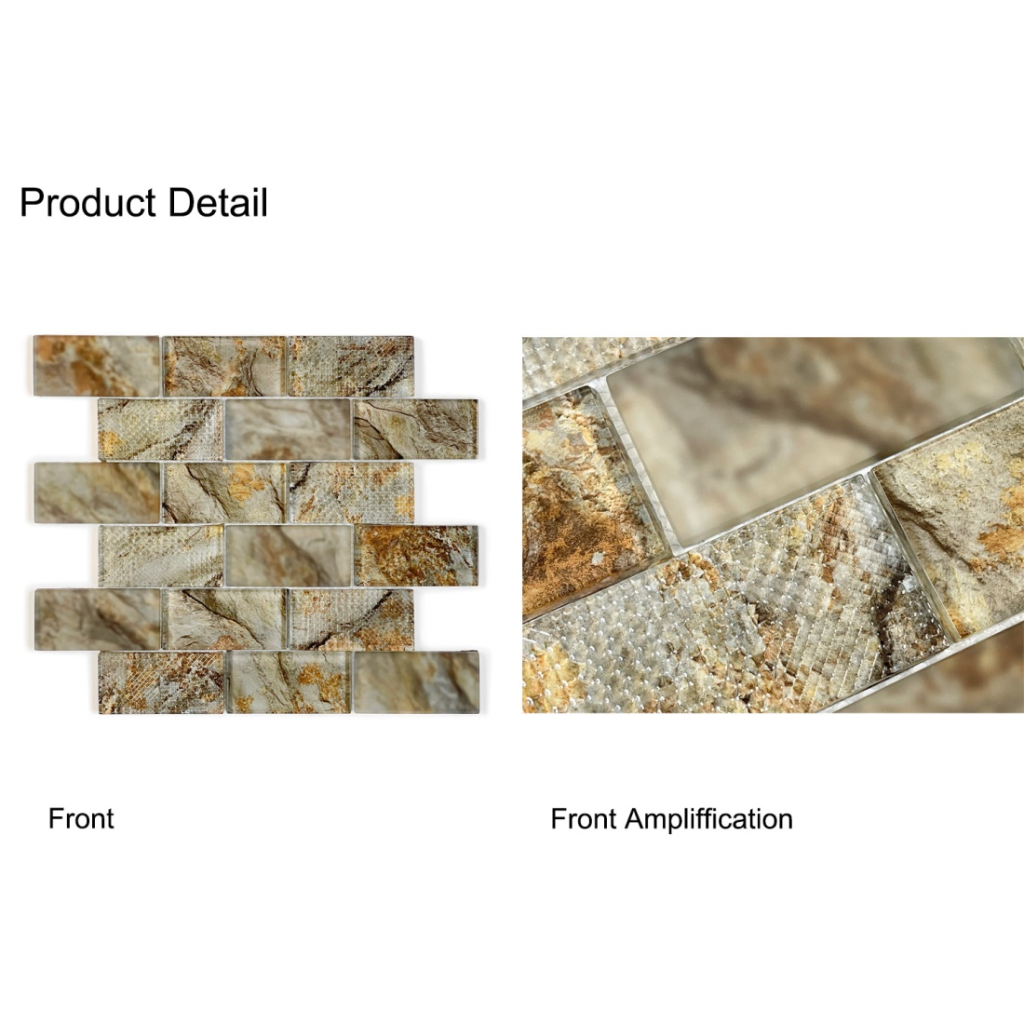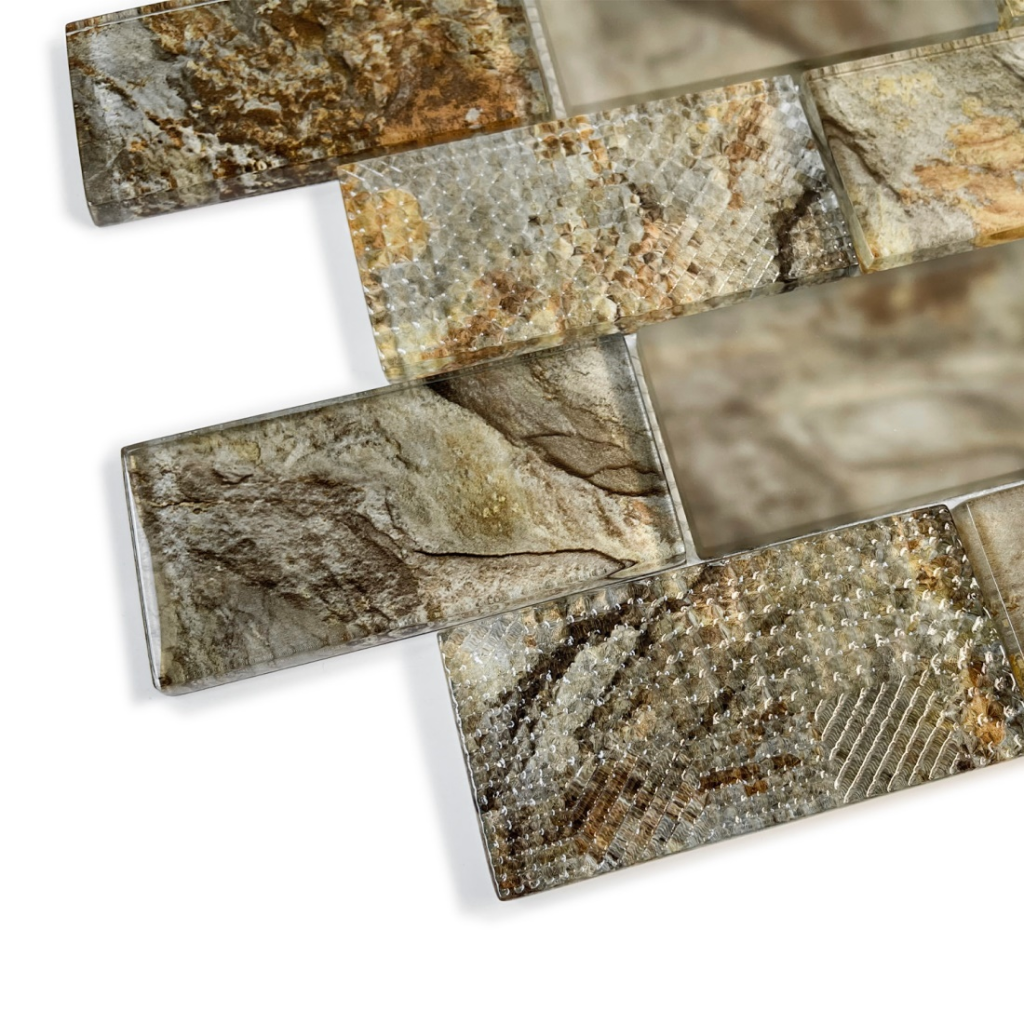What is mosaic art for kids? Ultimate History
2022.02.21 / By hqt
What is Mosaic?

What is mosaic art for kids? Mosaic is an art come with small pieces of materials such as glass, tile and stone, called “tesselas”, which are meticulously fitted together to form designs. The musive artworks, as mosaics are common, range from geometric representations to perfect human portraits.
The word comes from the Greek term “mousaikón”, which means something like “the work of the muse”. Mosaic works impress for their richness of detail and require the artist's patience for the perfect composition of colors and pieces.
History of mosaic
What is mosaic art for kids? One of the earliest recorded mosaics, called the “Standard of Ur,” find during archaeological excavations at the royal cemetery at Ur, in what is now southern Iraq. Ur was an important city of Sumerian civilization in ancient Mesopotamia - one of the oldest civilizations in history.
In Ancient Egypt, mosaics were common to decorate sarcophagi and temple columns. In the archaeological finds of the Persians, Greeks and Romans, several mosaic works of these civilizations were also found. But it was a little later that musical art would reach its apogee, with the Byzantines.
What is best mosaic art for kids?
During the Byzantine Empire, also known as the Eastern Roman Empire, mosaics were widely common to depict biblical passages and can be found to this day in churches. Some of the most famous mosaics from this period are in the Church of Ravenna in Italy.
What is mosaic art for kids? In the Islamic world, mosaics were also widely common and to this day numerous mosques preserve their detailed coating with this art, including gold pieces.
During the Renaissance period - between the 14th and 16th centuries - music art spread in Western Europe. Many mosaic works from this period, under the influence of anthropocentric ideals, portrayed human beings with great perfection.
At this time, Rome became the main place of production of mosaics; much of it was come in the Vatican Studio of Mosaic. In St. Peter's Basilica, a Vatican church and an important Christian landmark, you can also find mosaics dating from this period.
Famous Mosaic Arts
More recently, the Catalan architect Antoni Gaudí (1852-1926) began to use mosaics as decoration in some of his buildings. Unlike traditional mosaics, come on flat surfaces, Gaudí began to use mosaic in areas of more complex geometry. Most of his mosaics are in the city of Barcelona, Spain, and have become tourist attractions in the capital.
Mosaic Crafts for kids
In addition to works of art, mosaic is also a technique widely common in crafts. It is common to find artifacts such as vases, tables and benches covered with illustrations come with mosaic tiles.
What is mosaic art for kids? Thin tiles are becoming very popular and in demand in the world of renovation. The main reason lies, as you can easily guess, from their thickness. On the market you will find different formats available, but also different construction materials. So let's do some clarity and see together the characteristics of the different products you can choose from.
Ultra-thin porcelain stoneware tiles: thicknesses and sizes
Let's start with the most resistant material of all for floors and walls: porcelain stoneware. The thickness of the thin stoneware tiles ranges from 5 mm to 6.5 mm.
Keep in mind that classic tiles have a thickness ranging from 8 mm to 10 mm. The difference between the thicknesses seems really minimal and negligible, but when it comes to renovation projects, every mm counts.
We can classify the dimensions of slim tiles into two groups:
What is mosaic art for kids? In particular, large slabs necessarily require a reduced thickness due to their size. They have a particularly large surface; if they were come with a normal thickness, the weight of the tile would be so high as to make it difficult to lie.

On the other hand, however, it must be pointed out that large formats, due to their minimal thickness, are more delicate to handle. If you don't pay attention to transporting them, unloading them and placing them, they could break with minimal distraction. It is therefore essential that the installers are super careful on site, otherwise a broken stoneware slab will cost you a lot of money and waste of time to replace it.
If you are looking for thin porcelain stoneware for your home, in our online shop you can see all the available effects: from wood, marble or concrete effect.
Are there even thinner tiles?
If you are looking for a product with a thickness of less than 5 mm, then Mosaic tile is the product for you. What are we talking about? The tiles reach a length of 3 meters and are produced whole, without the use of molds.
What is mosaic art for kids? What are the advantages of Mosaic tile? First of all, being porcelain stoneware anyway, it has all the advantages dictated by the stoneware material (read all the advantages of porcelain stoneware in our article what is porcelain stoneware).
In addition they boast a super bonus given by the very minimum thickness. They are suitable for both floors and walls; perfect for not seeing many joints and for covering large surfaces. Moreover, thanks to the reduced thickness, the mosaic tile slabs in the 300 × 100 format are perfect for covering walls that are not flat, flexing the tile and adapting it to the curve of the wall.
The advantages of buying ultra-thin tiles
What is mosaic art for kids? The research and purchase of slim tiles are dictated by very specific needs in the building sector, both of a technical nature, but also of an aesthetic nature.
The main advantages of ultra-thin stoneware tiles are therefore:
- they can be laid on a pre-existing floor
- avoid dismantling and disposal of the old floor (less costs)
- they do not create an excessive and problematic thickness to manage, if placed on top
- large formats reduce the number of joints (therefore less dirt will infiltrate)
- the large slabs make the environment visually larger
- the large formats make the environment more uniform aesthetically
- resistance over time and abrasion, very low degree of absorbability
- wide range of colors and textures to choose from
- large slabs are perfect for paving rooms with a large and considerable surface area.
And we come to the question of money: how much do you spend to buy thin tiles?
If you intend to buy them, you must take into account not only their price, but also the cost of transport
Cost of mosaic art
Considering the cost of thin tiles with a classic format (I am not speaking of large slabs, therefore), prices vary, for the first choice, from 20 € / sqm up to 50 € / sqm . Obviously the price also varies according to the finish of the tile: if for example you like a subtle glossy marble effect, then its cost will tend towards the higher end.

